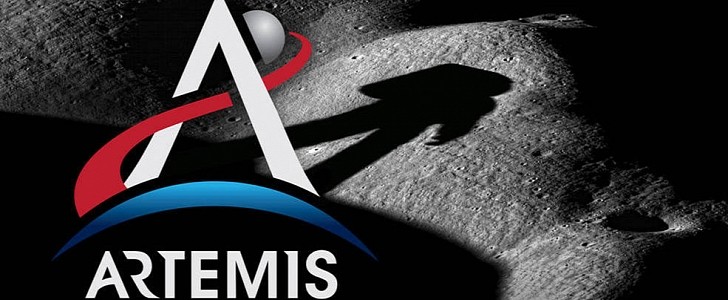Come 2024, humans will return to the Moon. Science teams from around the globe are currently working on every single detail of the mission that will either open the skies for humanity if successful, or end our galactic dreams for the foreseeable future if not.
Artemis III is how the mission is called. It will depart with astronauts, including the first woman to be sent to the Moon, and land on the satellite’s South Pole in 2024. The crew will not be sent up there for sightseeing, of course, and will have to perform a series of tests and experiments, some of them crucial for the future of the space exploration program.
NASA is just about to get its bearings as far as these experiments are concerned. A special task force called Artemis III Science Definition Team was created to “define compelling and achievable science objectives for all aspects of the Artemis III mission,” focusing extensively on sampling strategies, field surveys, and deployable experiments.
As part of their work, the team will help NASA plan “every second of an astronaut’s time on the lunar surface.” The group, which has been at work since September, already has a tentative report ready, and you can check it out at this link.
“We wanted to bring together what was most compelling to the science community at the Moon with what astronauts can do on the lunar surface and how the two can mutually reinforce each other,” said in a statement team co-chair Renee Weber, chief scientist at NASA’s Marshall Space Flight Center.
“The team’s hard work will ensure we’re able to take advantage of the potential of the Artemis III mission to help us learn from the Moon as a gateway to the rest of the solar system.”
Artemis III is just the beginning of the most ambitious space exploration program in history, one that will see Moon landings, the set-up of an orbital station above the satellite, and a base camp on the lunar surface, all possibly by the end of the decade.
NASA is just about to get its bearings as far as these experiments are concerned. A special task force called Artemis III Science Definition Team was created to “define compelling and achievable science objectives for all aspects of the Artemis III mission,” focusing extensively on sampling strategies, field surveys, and deployable experiments.
As part of their work, the team will help NASA plan “every second of an astronaut’s time on the lunar surface.” The group, which has been at work since September, already has a tentative report ready, and you can check it out at this link.
“We wanted to bring together what was most compelling to the science community at the Moon with what astronauts can do on the lunar surface and how the two can mutually reinforce each other,” said in a statement team co-chair Renee Weber, chief scientist at NASA’s Marshall Space Flight Center.
“The team’s hard work will ensure we’re able to take advantage of the potential of the Artemis III mission to help us learn from the Moon as a gateway to the rest of the solar system.”
Artemis III is just the beginning of the most ambitious space exploration program in history, one that will see Moon landings, the set-up of an orbital station above the satellite, and a base camp on the lunar surface, all possibly by the end of the decade.

